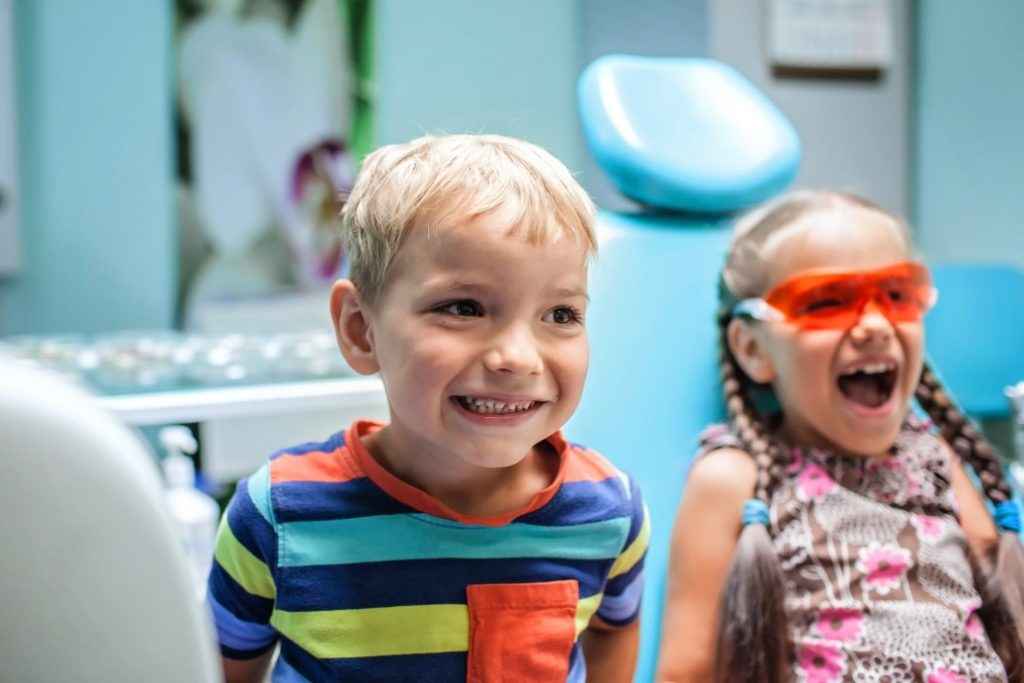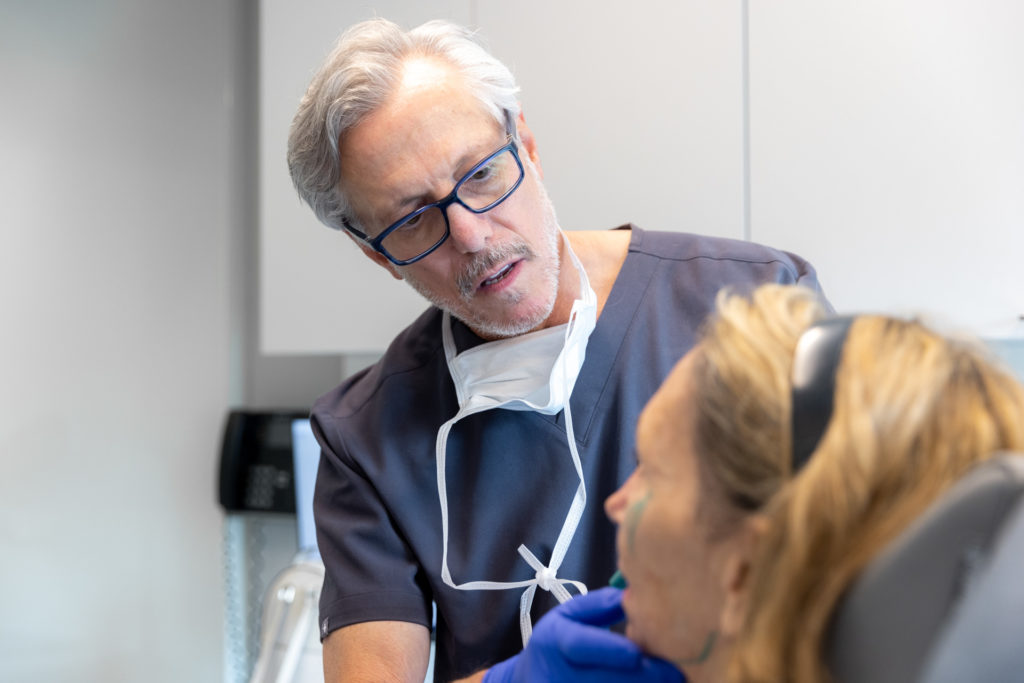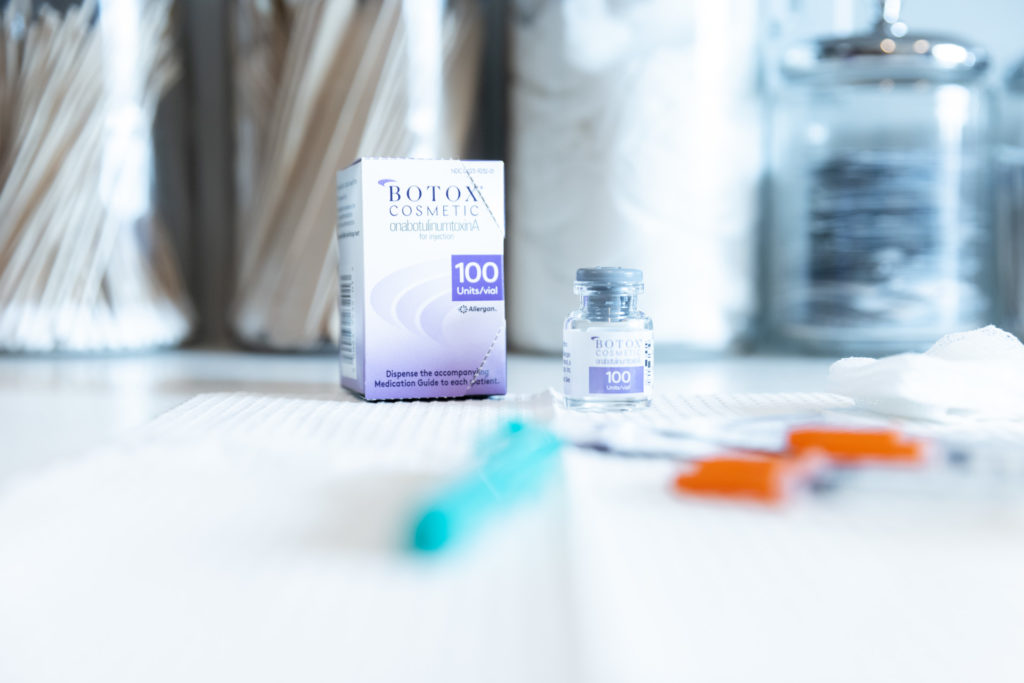
So when is it ok for kids to have plastic surgery? Otoplasty is from the Greek word “to shape,” but specifically refers to surgery to the ears, the most common plastic surgery procedure for children.
The need for otoplasty may come from a congenital defect, trauma, or deformities. Natural proportion, contours, and general appearance of the external ear are managed during the otoplasty procedure.
Otoplasty one of very few facial plastic surgery procedures that are appropriate for young children. Others include procedures to correct cleft lip and cleft palate as well as other craniofacial deformities.
There are three main deformities that may require otoplasty:
- Protruding ears that are due to excess cartilage
- Lop ears that bend down and forward
- Cupped shell ears that may be tiny or without natural creases.
A typical surgery is outpatient and will be completed in two hours.
General anesthesia is used in small children.
Afterward, the childs head is wrapped in a large bandage.
A few days later, the child will visit the surgeon to change to a lighter bandage.
Children will have to restrict activity for seven days after the procedure.
Up to three weeks after the surgery they may need to restrict certain activities.
Up to six months after the procedure they may need to wear a head band to bed to prevent the bending of the ear.
If you’re considering this procedure, please discuss the procedure with a board-certified facial plastic surgeon.
Children’s ears are fully formed by the age of five years old. Most facial plastic surgeons will suggest this as the age to begin considering otoplasty if your child is a candidate. The cartilage in the ear is most pliable at this age and is easier to mold than an adults.
Abnormal physical appearance in children can have long-term psychological affects due to teasing from other children. The younger a child is when they undergo the procedure, the longer they will have to reap the psychological benefits.
What to expect during an otoplasty procedure:
As many parents can attest, young children are usually very resilient. Taking children for a visit to the surgeon can help them become comfortable with the procedure. Computer imaging helps a lot too. Children really light up when they see how they will look with theirs ears pushed back.
To make the surgery easier on your child, you can even bring a special stuffed doll or favorite toy to hold during the procedure to enhance comfort. Filling recovery time with special activities can also make the process go more smoothly.
When total ear reconstruction is needed, a surgeon may graft cartilage from the rib cage onto the ear, to serve as material for reconstruction. Artifical bone like substances such as Medpor are also commonly used. This is called Microtia repair.
Want to see the results of an otoplasty procedure performed by Dr. Pearlman? Watch some of our Youtube videos, and call for a consultation: (212) 380-1541




